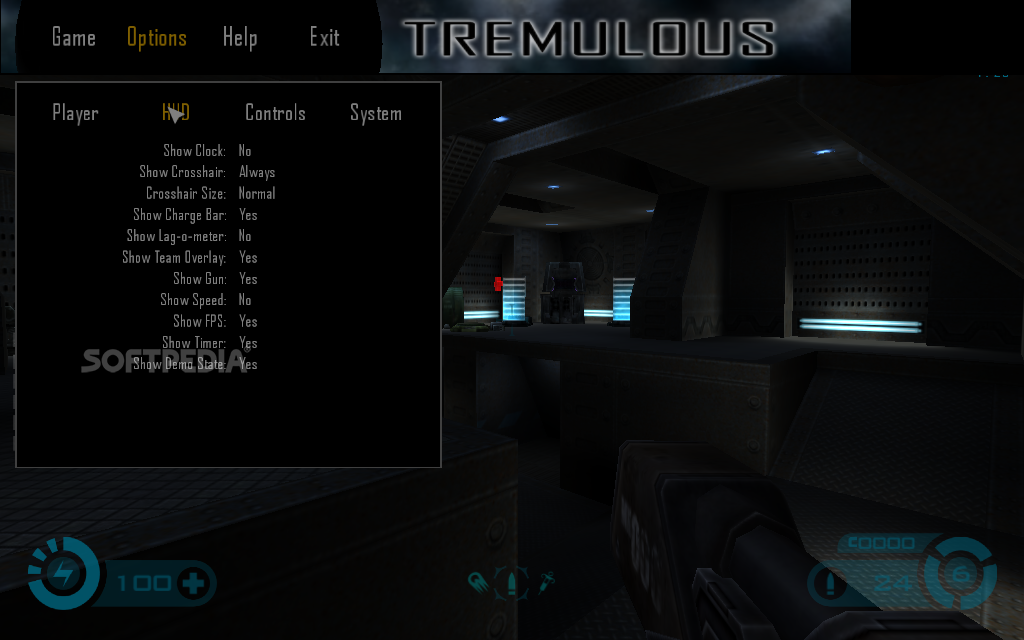
If this sounds harsh, it is just a solution to a problem where one party to a contract won’t hold up his end of the contractual terms – just like a lender does to a homeowner.

This NOI now has to be released as a lien on the property before the title can be transferred unless there is a foreclosure action to extinguish it, or the lien holder (the original investor/buyer) starts a foreclosure action to take the property. I want to repeat this because the subtleties of this “lien” are very far reaching. So when we sign a contract with a seller, we almost always record a NOI in the public record which is effectively a lien against the property. The Attorney General’s Office will take these cases if you show proof and the seller cooperates – which is usually the case when the homeowner is threatened with a law suit or foreclosure. The ironic part is that it is a criminal offense to “induce” someone to sign a contract when another contract is in place.
#Tremulous game play how to#
So occasionally we have to fight for our closings and I have covered this in other articles about how to do this. How do I know? I have been on the other side of his offers and had to fight to keep my sellers. While I can’t blame the homeowner from wanting more money, what I have seen happen most often is a black-hat investor who is trying to steal the deal, actually gets to the closing table and re-negotiates the price to below what he had originally offered the trusting seller. The ugly part of that statement is the term “in writing” because that usually means a contract had to be signed by the homeowner. The investors who regularly make statements to homeowners like, “Get your highest offer from those other guys and call me back, I’ll give you more money than any of them – I just need to see it in writing”. The practice by investors of up-bidding properties after they are under contract is getting more common in distressed markets but even happens in normal markets. This is the case where someone else, usually another investor, comes along and offers the homeowner a higher price.

The NOI is most commonly used when an investor signs a purchase and sale contract with a homeowner/seller and wants to show anyone trying to make another offer on the property that he has a legal interest in the property.

It is usually a one page document that stipulates that the person submitting the document for recording at the County Clerk’s Office has an equitable interest in a property because of a signed purchase and sale contract. The letters NOI stand for Notice of Interest or sometimes incorrectly called a Memorandum of Contract or MOC.


 0 kommentar(er)
0 kommentar(er)
